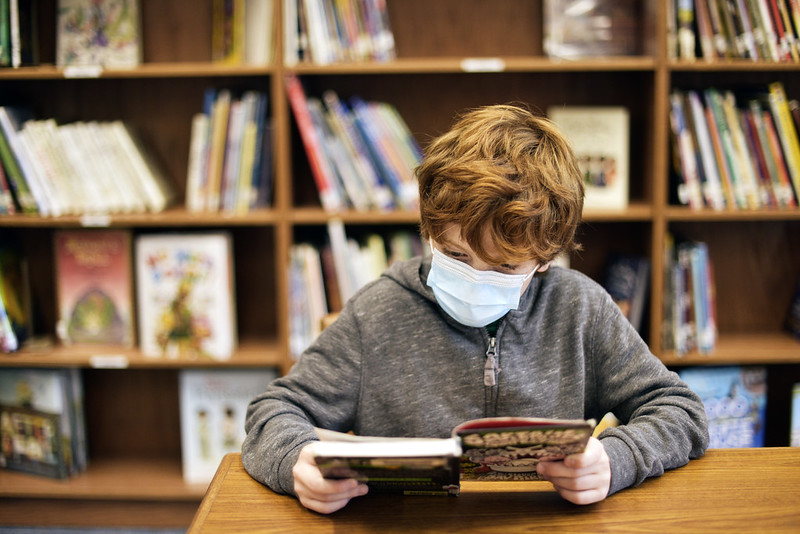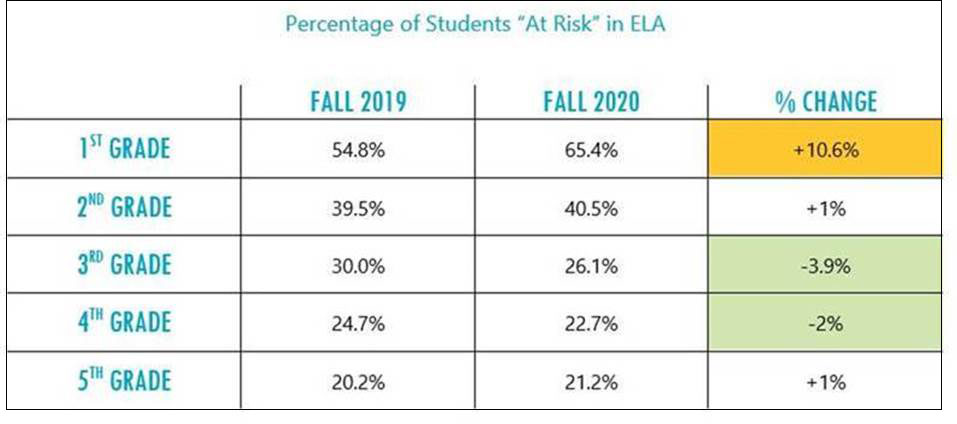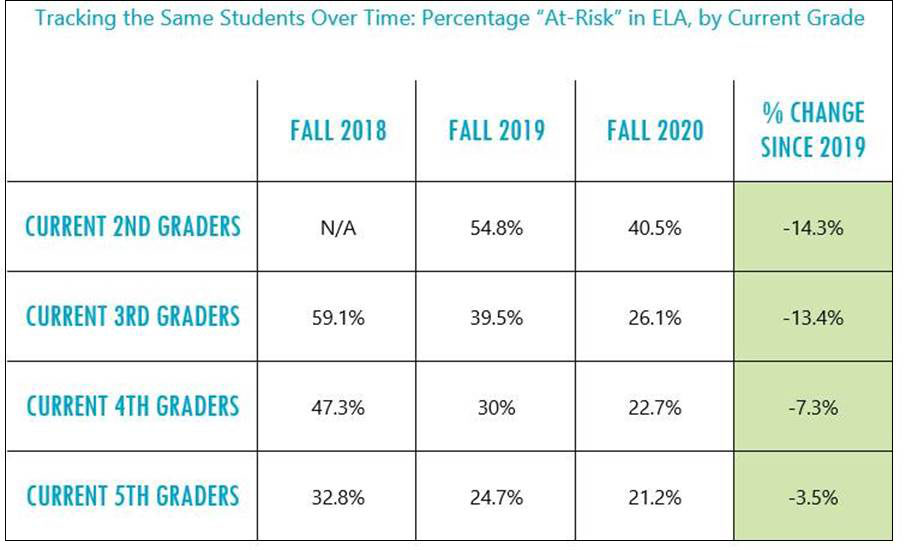
In late September, Governor Bill Lee’s weekly COVID-19 briefing focused heavily on the pandemic’s impact on student learning, and Education Commissioner Penny Schwinn cited recent data anticipating a 50-percent decrease in third-grade reading proficiency. Despite the heroic efforts of our teachers to provide meaningful at-home learning experiences during spring school closures, the expected impact on learning had us worried.
After several years of English Language Arts progress in Sullivan County Schools, we feared a step back like that could be devastating. And with the added complications of reopening schools during a pandemic, we worried that getting our students back on track would be nothing short of impossible. We eagerly awaited our fall benchmark data (in Sullivan County, we use aimswebPlus to screen and monitor progress) to see just how big the problem was.
But when the results started to roll in, we were pleased to see that, with the exception of first grade, our teachers have to address the needs of similar numbers of students at-risk of reading failure as they have in previous years.

When we dug a little deeper into cohorts of students over time, an even more exciting picture emerged about the impact of our improvement work over time. Despite all of the challenges presented by the pandemic, including extended school closures this spring, we have continued to move students out of the at-risk category.

While we still have a lot of work to move all of our students out of the at-risk category, we are reassured that our hard work to implement high-quality instructional materials — and provide meaningful, curriculum-based remote learning experiences — has helped us minimize the impact of the pandemic on student learning. And we can’t wait to see the hard work of our teachers pay off for students in our end-of-year results.
Dr. Robin McClellan is supervisor of elementary curriculum and instruction for Sullivan County Schools.
